- Addition : 28 September 2024, Saturday
- Views : 2K

Lesson 61: Using Adverb Clauses to Show Time Relationship
Adverb clauses are dependent clauses that act like adverbs, providing information about when something happens. They often describe the time relationship between two actions or events in a sentence. You can access our full course on the Udemy platform.
Check the Details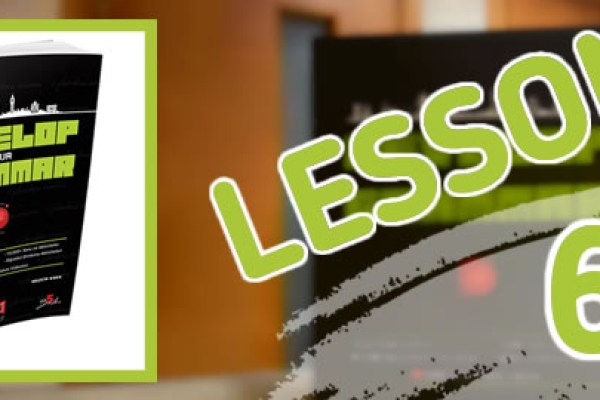
Lesson 62: Using Adverb Clauses to Show Cause and Effect
Adverb clauses that show cause and effect explain why something happens (cause) and what happens as a result (effect). These clauses connect two ideas by indicating that one event is the reason for another. You can access our full course on the Udemy platform.
Check the Details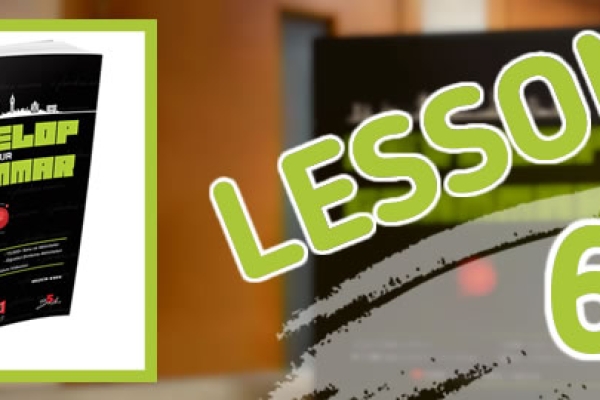
- Addition : 28 September 2024, Saturday
- Views : 2K
Lesson 63: Using Adverb Clauses to Express Contrast
Adverb clauses that express contrast show a difference or contradiction between two ideas or actions. These clauses help to highlight how one action or situation contrasts with another. You can access our full course on the Udemy platform.
Check the Details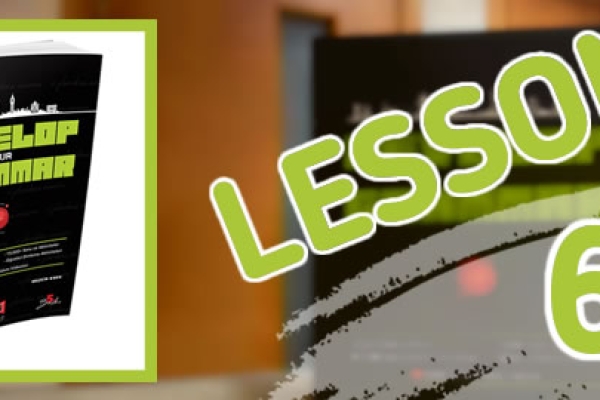
- Addition : 8 August 2024, Thursday
- Views : 2K
Lesson 64: Conditions in Adverb Clauses
Adverb clauses that express conditions describe a situation or requirement that must be met for something else to happen. They show the relationship between an action and the condition under which it occurs. You can access our full course on the Udemy platform.
Check the Details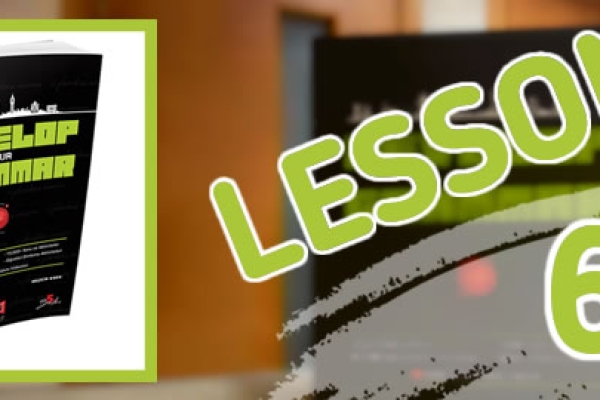
- Addition : 8 August 2024, Thursday
- Views : 2K
Lesson 65: Reduction of Adverb Clauses
Reduction of adverb clauses involves simplifying these clauses to make sentences shorter and more concise. This is done by removing some parts of the clause while retaining its meaning. You can access our full course on the Udemy platform.
Check the Details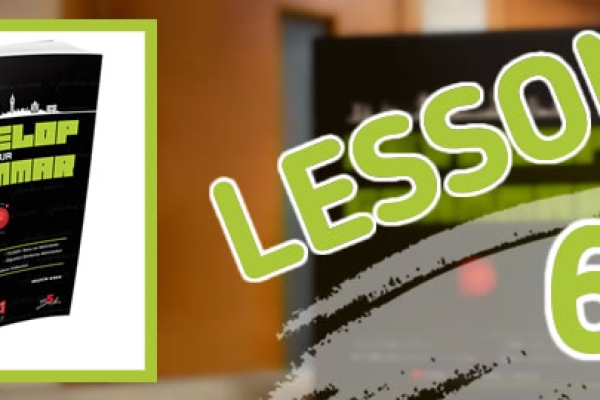
- Addition : 8 August 2024, Thursday
- Views : 3K
Lesson 66: Because of, Due to, Therefore, Consequently, So
Because of and Due to are used to express reasons, while Therefore, Consequently, and So are used to show results. You can access our full course on the Udemy platform.
Check the Details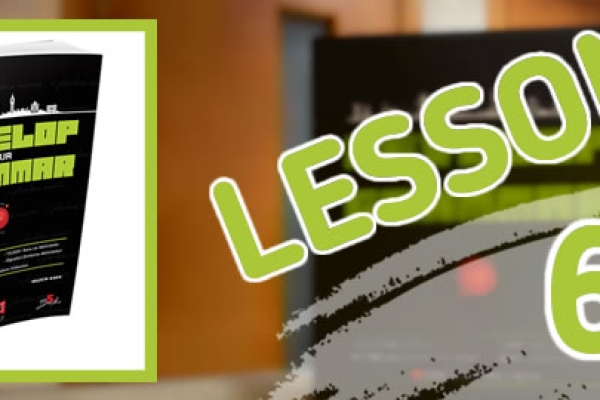
- Addition : 8 August 2024, Thursday
- Views : 2K
Lesson 67: Using So That and Such That
"So that" and "such that" are used to express purpose or result in sentences, showing the reason or the effect of an action. You can access our full course on the Udemy platform.
Check the Details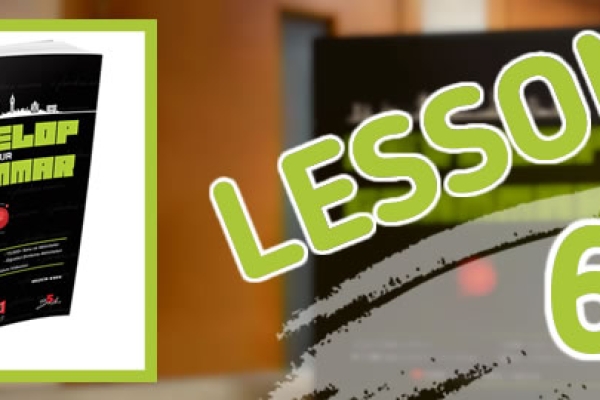
- Addition : 8 August 2024, Thursday
- Views : 2K
Lesson 68: Showing Contrast
Showing contrast means highlighting differences between two or more things. It is used to point out how things are different from each other. You can access our full course on the Udemy platform.
Check the Details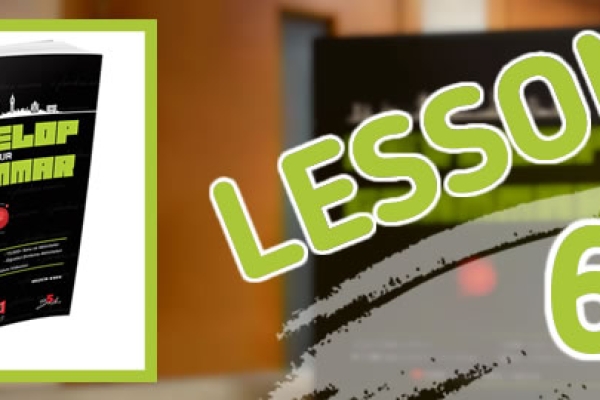
- Addition : 8 August 2024, Thursday
- Views : 2K
Lesson 69: Using Otherwise and Or Else
"Otherwise" and "or else" are used to present alternatives or consequences if a certain condition is not met. You can access our full course on the Udemy platform.
Check the Details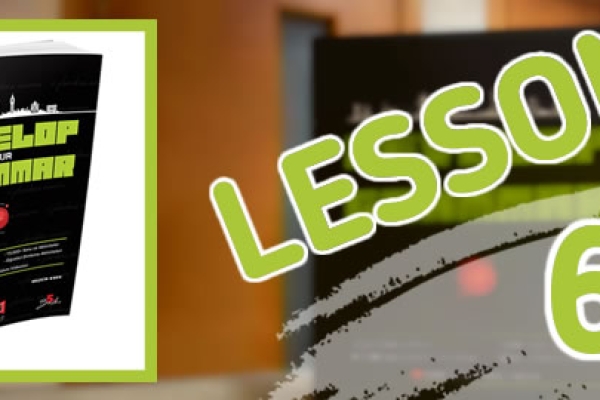
- Addition : 8 August 2024, Thursday
- Views : 2K
Lesson 70: Both/and Not only/but also Either/or Neither/nor
Both/And means two things together; Not Only/But Also emphasizes two ideas and presents the second idea as an additional feature; Either/Or means choosing one of two alternatives; Neither/Nor means that neither option is valid. The full course is available on Udemy.
Check the Details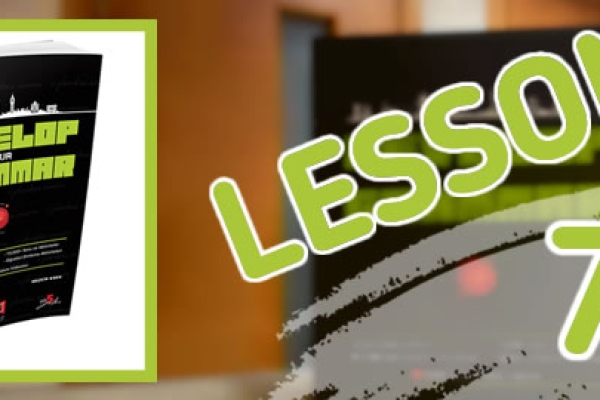
- Addition : 8 August 2024, Thursday
- Views : 3K
Lesson 71: Conditionals (If Clauses)
Conditionals express situations where one event depends on another. The word "if" introduces these conditions. The full course is available on Udemy.
Check the Details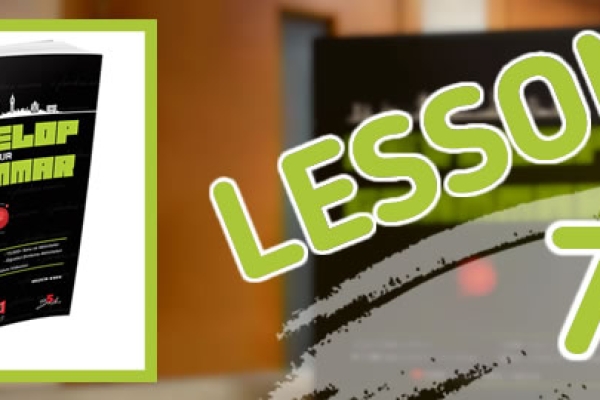
- Addition : 8 August 2024, Thursday
- Views : 3K
Lesson 72: Mixed, Inverted and Implied Conditionals
Mixed Conditional Clauses connect past and present states, Inverted Conditional Clauses express the condition with alternative structures, and Implied Conditional Clauses imply conditions without using "if". You can access the full course on the Udemy platform.
Check the Details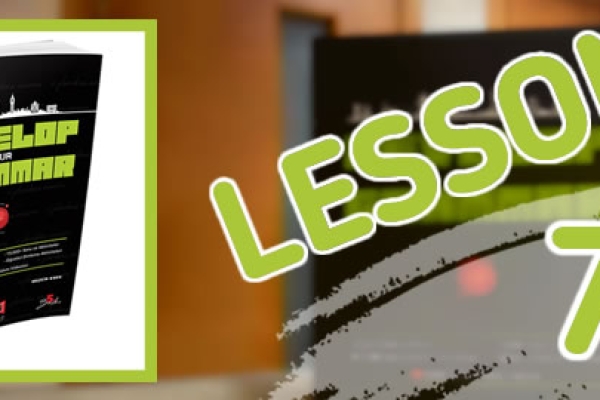
- Addition : 8 August 2024, Thursday
- Views : 2K
Lesson 73: Wish Clauses
Wish Clauses are used to express a desire for something that is not true or is not happening, or to express regret about past or present situations. You can access the full course on the Udemy platform.
Check the Details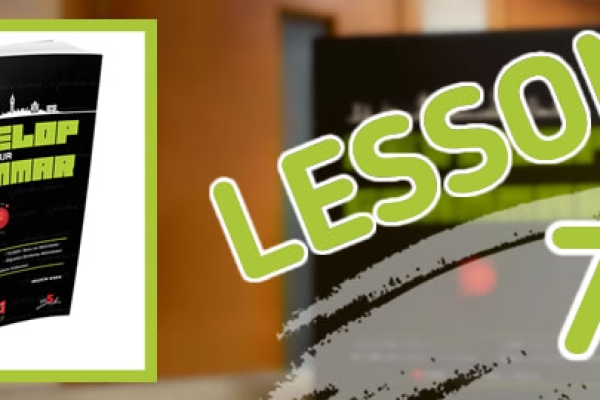
- Addition : 8 August 2024, Thursday
- Views : 2K
Lesson 74: Gerunds
Gerunds are verb forms that function as nouns and end in -ing. They are used to describe activities, actions, or things that are happening or are habitual. You can access the full course on the Udemy platform.
Check the Details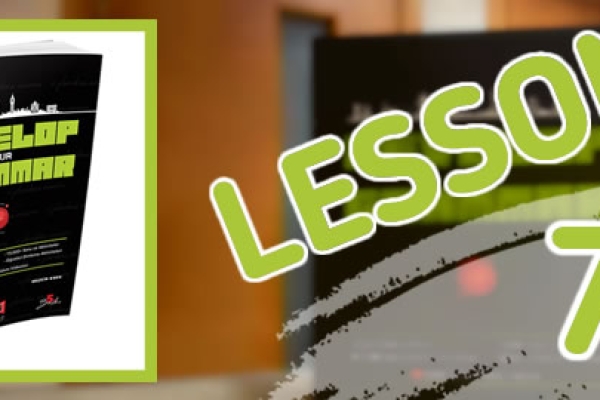
- Addition : 8 August 2024, Thursday
- Views : 3K
Lesson 75: Infinitives
Lorem Ipsum is simply dummy text of the printing and typesetting industry.Lorem Ipsum is simply dummy text of the printing and typesetting industry.
Check the Details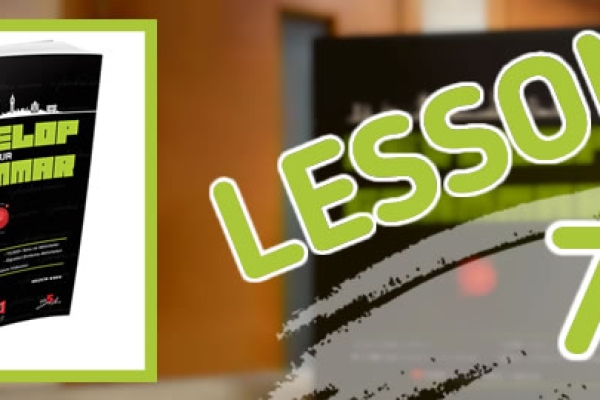
- Addition : 8 August 2024, Thursday
- Views : 2K
Lesson 76: Verbs Followed by Either Infinitives or Gerunds
Some verbs can be followed by either infinitives (to + base verb) or gerunds (verb + -ing), but the meaning can change depending on which form is used. You can access the full course on the Udemy platform.
Check the Details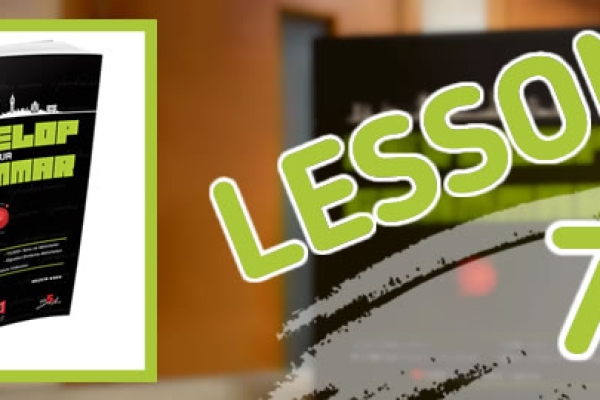
- Addition : 8 August 2024, Thursday
- Views : 2K
Lesson 77: Other Uses of Gerunds and Infinitives
Gerunds and infinitives can be used in various ways in sentences beyond the basic functions. You can access the full course on the Udemy platform.
Check the Details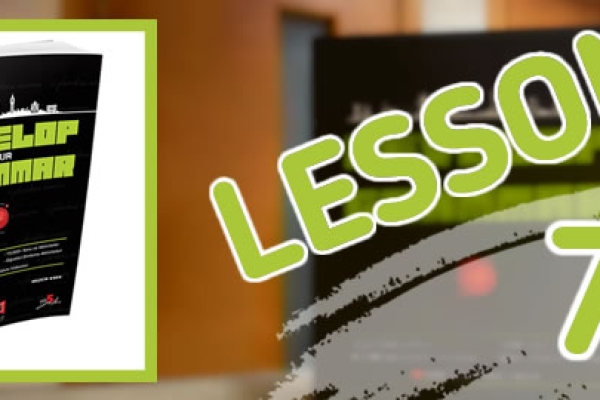
- Addition : 8 August 2024, Thursday
- Views : 2K
